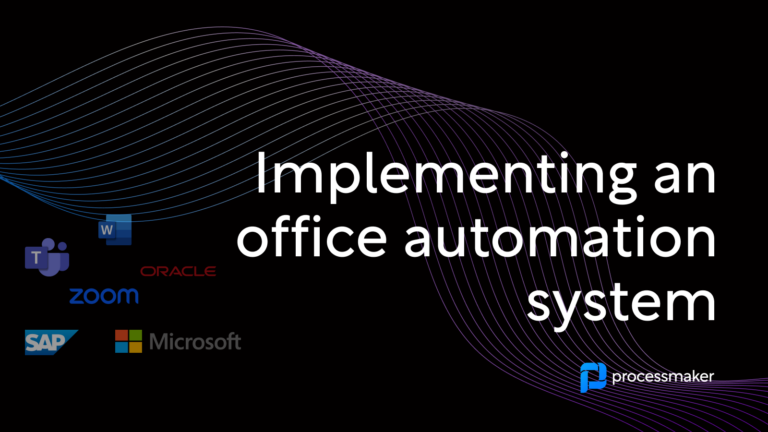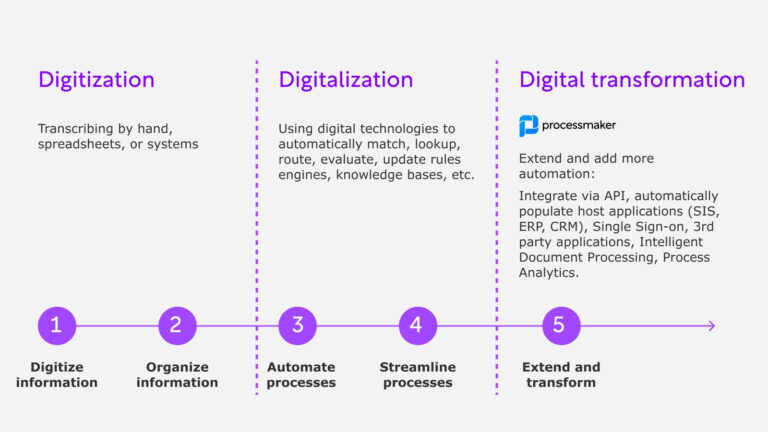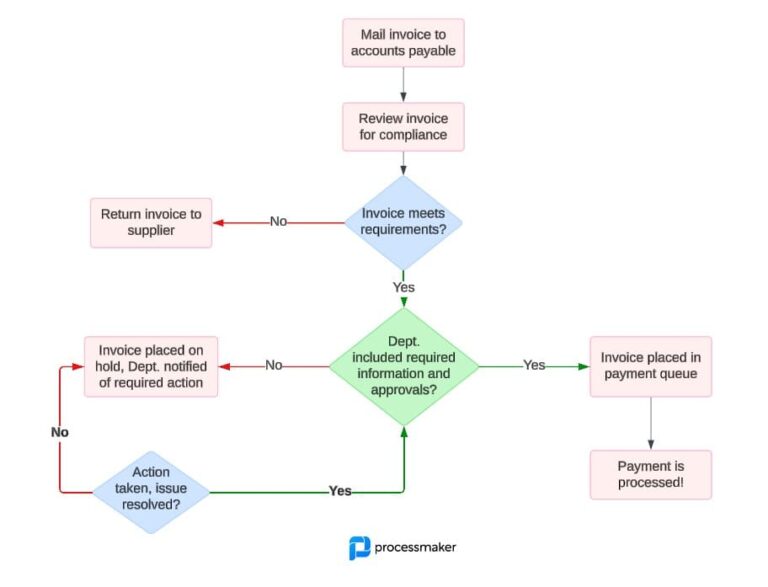So far, our series on business process modeling has discussed how modeling techniques can find areas for process improvement. The last two posts examine how to make good processes even better-using process standardization and optimization.
This post explains how process modeling tools lead to standardized practices and more efficient processes. It explores how this benefits employees and the company as it seeks to comply with third-party regulations.
Find Best Practices with Process Modeling and Standardization
Process modeling provides a way to standardize the way common tasks are done throughout the company by identifying where processes are performing well. Workers perform tasks the same way every time, saving the company time and money. Human resources and accounting no longer waste time reconciling different request forms and approval processes across departments. Onboarding clients the same way assures that employees apply the same standard of service to each customer, increasing satisfaction. These are only a few of the most common examples, but the benefits of process standardization can felt across workflows in any vertical. This study details how standardized workflows led to increased efficiency and productivity in bioanalysis in the pharmaceutical industry.
Standardizing workflows also help employees handle exceptions more swiftly. By understanding how processes should work normally, employees identify exceptions earlier in the workflow. Resolving exceptions is made easier by comparing how a standard process operates to the process where the exception is occurring. Employees use the process model to identify how the process normally works and define steps to resolve the exception. Therefore, processes are not held at a standstill wasting company time and money while finding a solution.
Standardize Processes to Reduce the Rate and Cost of Employee Turnover
Standardized processes make it easier for employees to understand how assigned tasks contribute to the company as a whole. This gives them more comprehensive knowledge of their own roles and the roles of coworkers. During employee onboarding, veteran employees more easily pass knowledge on to new hires, who learn and complete tasks more rapidly. The onboarding process for every new employee is sped up and new hires contribute more to the company in a reduced amount of time. This greatly reduces the rate and cost of turnover.
Improve Compliance Efforts Using Standardized Process Models
In addition to improving company performance, standardized processes ensure that companies comply with government or third-party standards that regulate their industries. Companies can build compliance into processes to meet regulation standards every time the process occurs. After finding a successful formula that complies with industrial standards, standardize processes across the company to make certain that employees are following regulation. The result is that companies spend less time on compliance and avoid penalties for non-compliance and callbacks.
Regulators can also consult process models to understand how employees accomplish activities. The process model acts as an audit trail by identifying the parties responsible for a task if the company needs to account for a particular activity or outcome. This makes risk management much easier by holding employees accountable for quality standards and providing an automatic audit trail for each process.
Next in the Series
After standardizing and perfecting processes, company leaders have a springboard to implement optimization efforts. In the next and last post of our series, we’ll explain how business process modeling leads to optimized workflows.





